Kaduai Coffee Historical Story Taste and Flavor introduction to Panamanian Pokuit boutique coffee beans
Do you know? There are many kinds of coffee beans that we like very much. Coffee has different ways of growth and development in different regions, with different characteristics, so the taste is also different. Each coffee variety has its own characteristics and uniqueness. Therefore, those who like coffee must try different kinds of coffee.
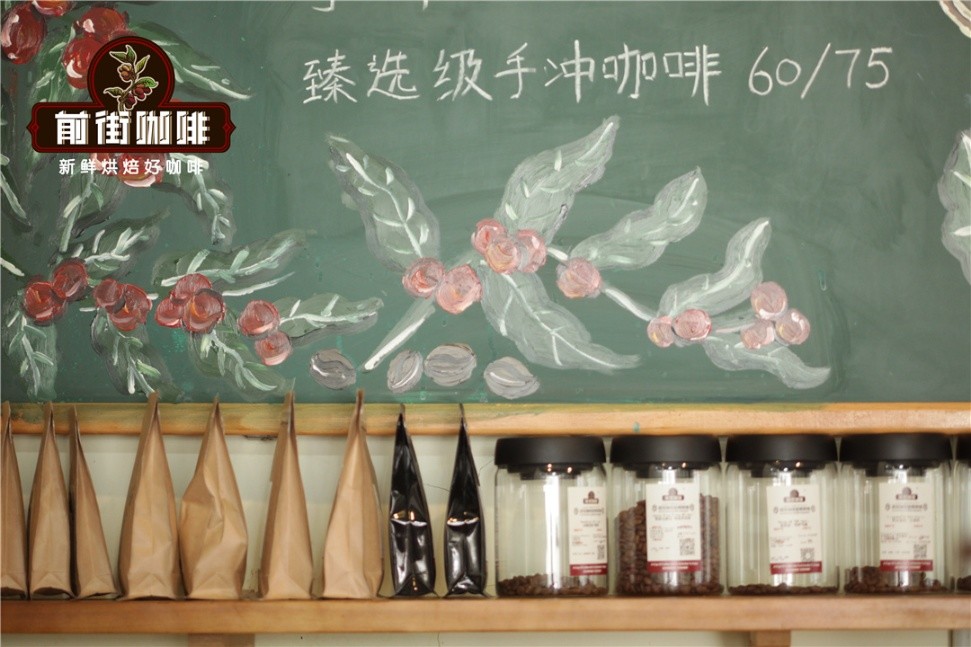
Last year, a Kaduai coffee bean from Pokuit, Panama, was very popular on the front street. This is a coffee made by the famous innovative manor palm tree and big beak manor and the Arthuis manor in Panama. CCD, whose full name is "Creativa Coffee District" (innovative Coffee Park), is a forward-looking boutique coffee manufacturer in Pokuit, Chiriki Province, Panama, actively advocating the modernization of traditional coffee processing processes, introducing advanced coffee processing experience and advanced coffee processing equipment, and enthusiastically attracting the bow | Coffee planters and managers of innovative coffee processing from all over the world have come to Panama to cooperate in coffee processing. New coffee production standards are required to ensure higher incomes for growers and to ensure sustainable ecological practices in coffee processing stations around the world.
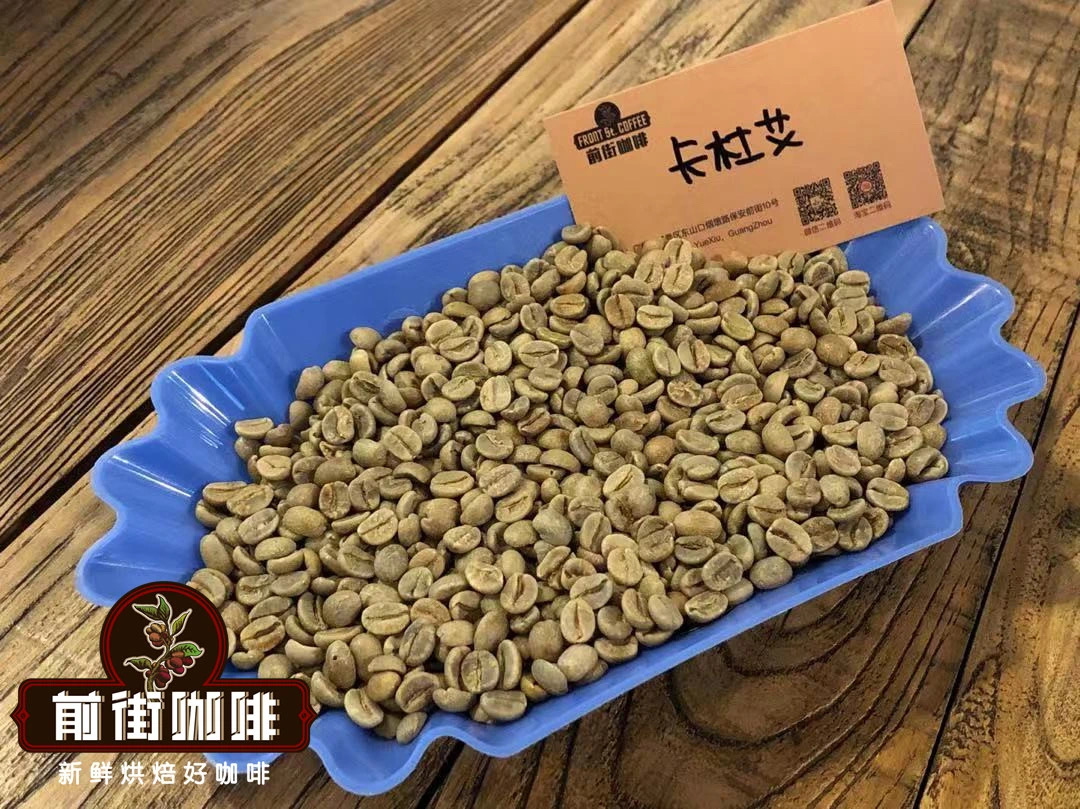
The slow solarization technology of palm trees and big beaked birds is adopted. Qianjie adopts medium-shallow baking degree in order to highlight its sufficient sweetness and rich hierarchical sense when baking. Three schemes are designed for it, and one of them is adopted after cup test. As follows:
155C into the pot, firepower 120, throttle open 3; tempering point 96.8 (1 cup 39 + 32 "), furnace temperature 140 °C will open the throttle to 4, firepower remains the same; furnace temperature 154 °C when the bean surface turns yellow, the smell of grass completely disappears, into the dehydration stage, the bean surface appears ugly wrinkles and black markings, the smell of toast obviously turns to coffee, which can be defined as a prelude to an explosion.
When the furnace temperature is 184 °C, the firepower is reduced to 70. At this time, the sound of a detonation point should be heard clearly. When the furnace temperature is 188 °C, the firepower is reduced to 50 when the furnace temperature is 188 °C. when the furnace temperature is 188 °C, the firepower is reduced to 50. After the explosion, the firepower is reduced to 30, and the boiler is put into the pot at 190 °C.
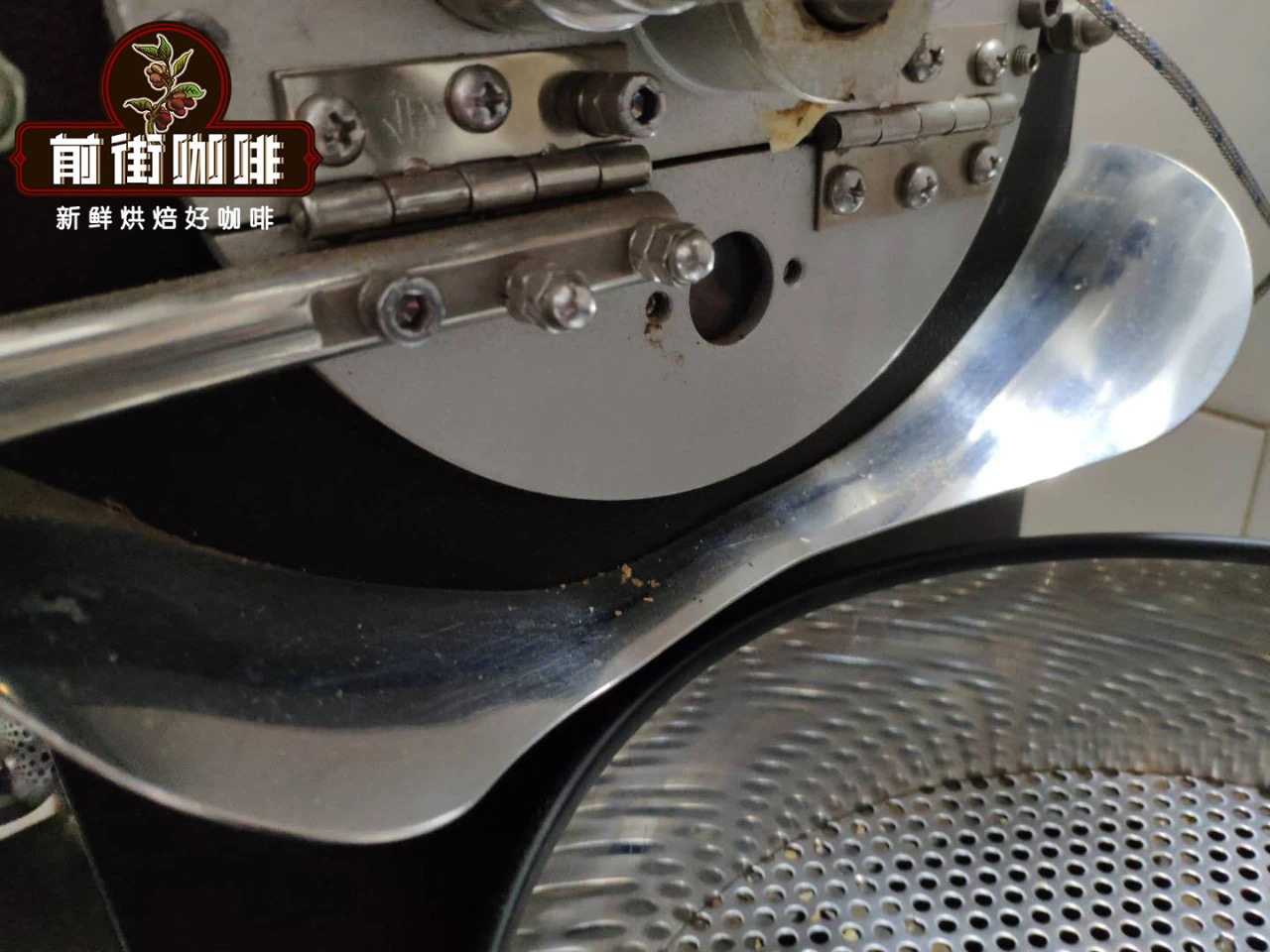
Having said so much, where did the variety of Kaduai coffee come from?
In fact, Kaduai Coffee is a hybrid between the prolific New World and the compact Kaddura, made by IAC in the Brazilian state of Campinas Sao Paulo. Compared with bourbon, the plant is highly productive, in part because it is small enough to keep plants close apart; it can be planted at nearly twice the density. The shape of plants makes it relatively easy to deal with diseases and insect pests. But it is not as compact as Kaduai coffee and is very vulnerable to coffee leaf rust.
Kaduai Tupi-Guarani is a South American native language meaning "very good". The trees of the Kaduai variety are very short, and the lateral branches grow very close to the main branches. It is a very strong tree that can withstand a lot of Rain Water and strong winds. Because of this, it is a very good variety and has been found in many countries in the Americas. Kaduai coffee, which comes in both yellow and red fruits, was bred by a cross between Yellow Kaddura and New World in 1949. It was originally called Hmur2077.
The variety was released in Brazil in 1972 after pedigree selection (through successive generations of selection of individual plants) and was widely cultivated there. In Brazil, there are multiple Kaduai product lines to choose from; some are known for their high productivity. Kaduai which moved to Central America appears to be less productive; studies in Honduras and Costa Rica found no significant difference in productivity between Kaddura and Kaddura.
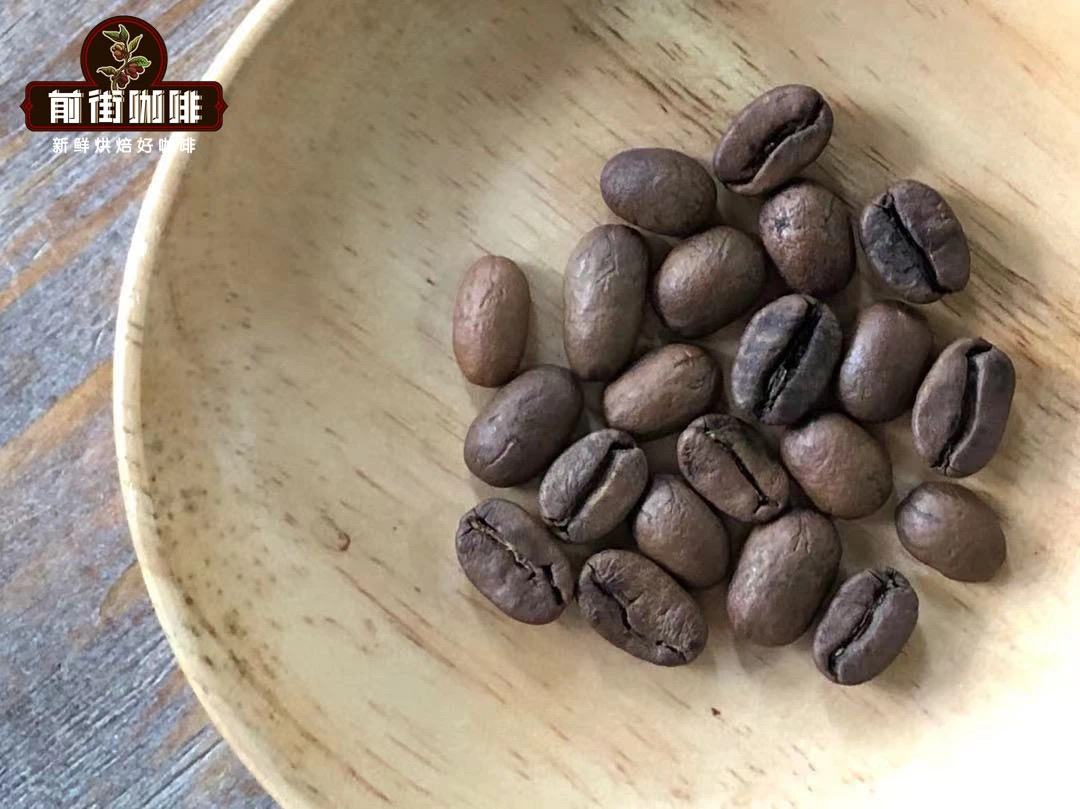
It was first launched in Honduras in 1979 and was tested by Instituto Hondure ñ o del Caf é (IHCAF É). After selecting two planting lines in IHCAF É, it was commercially released in 1983. Today, Kaduai accounts for nearly half of all Arabica coffee grown in Honduras. Researchers at IHCAF É are actively seeking breeding with Kaduai, including the creation of hybrids between Kaduai and Tim.
It also has important economic significance in Costa Rican coffee. The yellow fruit Kaduai was introduced in Costa Rica in 1985, and its descendants have been widely spread in the country. It was introduced to Guatemala in 1970; currently, about 20% of the country's production is Kaduai. Its presence in other Central American countries is negligible.
Kaduai's short stature made it possible to plant intensively and harvest more efficiently, which partly led to the intensification of full-day coffee cultivation in Central America in the 1970s and 1980s.
The Mexican Coffee Association (INMECAF É) developed a similar variety called Garnica through hybridization between New World and Caturra Amarillo in 1960-61. The adaptation test was established in 1978-79, but the INMECAF É was disbanded in 1989 before pedigree selection was completed. Private producers in Mexico have made further choices, but the varieties are difficult to track.
Kaduai coffee is now widely grown in Indonesia, South America and Central America. In Indonesia, it is said that Kaduai coffee varieties grow in the Timor region and eastern Indonesia.
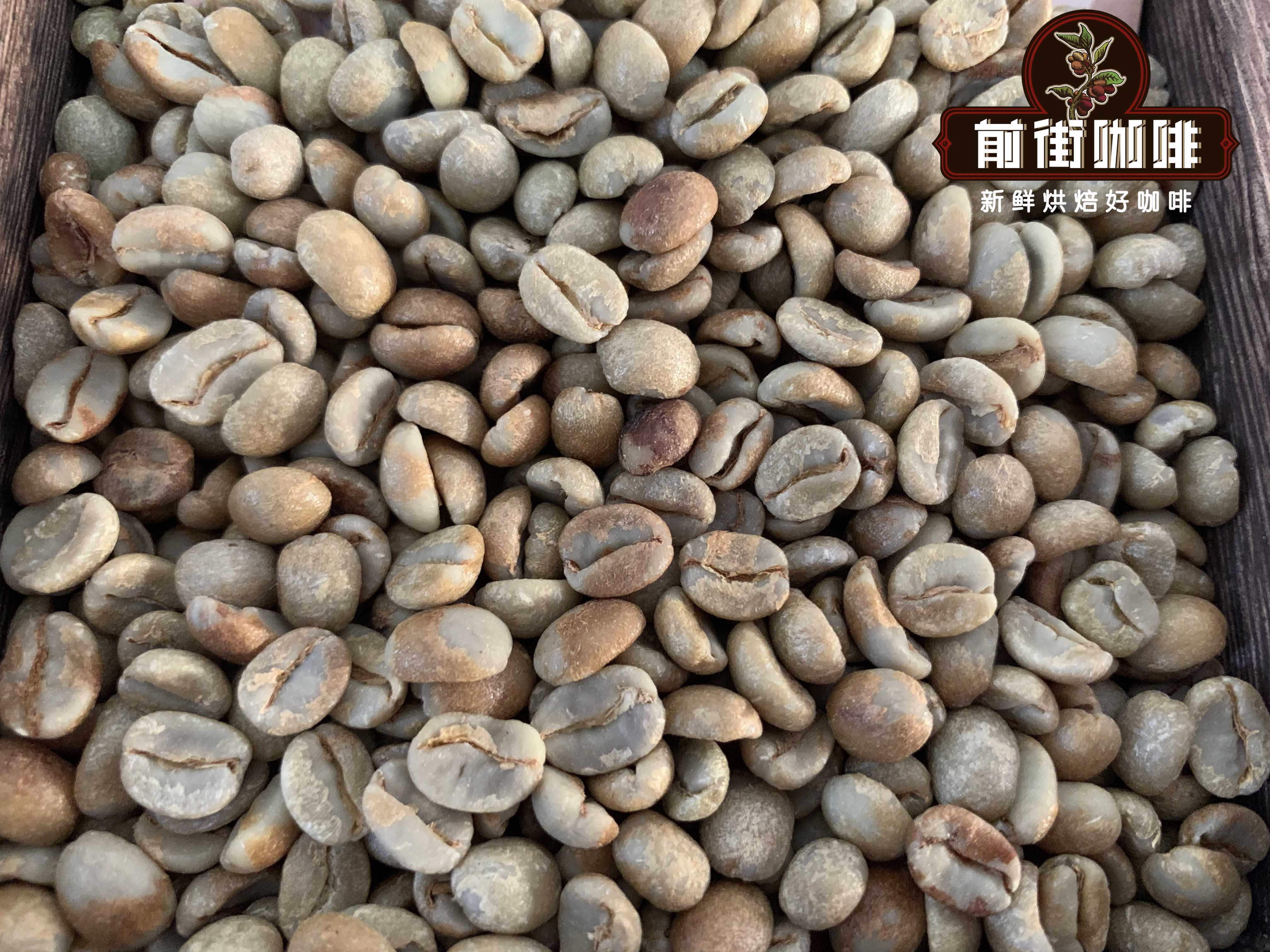
Production and processing of Kaduai Coffee varieties
The first harvest of kaduai coffee is usually completed three years later. If the production process is properly managed and carried out properly, Kaduai is a very productive variety. This Kaduai coffee variety responds well to lime and fertilization. Some varieties of Kaduai coffee can be harvested for more than three years, and the production of Kaduai coffee is very suitable for the later storage of large amounts of coffee and for increasing sales.
With regard to processing and drying, of course, different methods are used from one country to another. This adapts to the country's own culture, as well as the shape / characteristics of the cup and the desired taste. It is well known that the handling of coffee will affect the flavor and taste of coffee.
In Brazil, Kaduai is processed with traditional washing and solarization. It aims to add a mellow feel to the coffee and create a unique outline.
Common problems in the production of Kaduai Coffee varieties
The biggest problem facing Catuai is its poor resistance to rust, fungal infections and pests. Although Catuai coffee variety is considered to be a booming coffee plant, it is extremely susceptible to coffee rust and coffee berry disease. It also has a high nutritional demand in the growth process, which means that it needs additional investment and maintenance from producers during the growth stage. However, the Kaduai coffee has a very diversified flavor and excellent quality, so its market demand is still very high.
When it comes to flavor, Kaduai coffee has a variety of flavors, including chocolate, caramel, honey, almonds, and spices. At the beginning of the introduction to the front street palm trees and big beaked bird manor CCD project Panama slow sunbathing Kaduai coffee. Take this coffee as an example to illustrate its flavor characteristics.
The dry aroma of this coffee has aromas of almonds and berries, while the wet aroma has the aroma of fermented red wine, with no obvious berry flavor, and the sweetness of raisins, juice and brown sugar.
Professional coffee knowledge exchange more coffee bean information please follow the coffee workshop (Wechat official account cafe_style)
For more boutique coffee beans, please add private Qianjie coffee on Wechat. WeChat account: kaixinguoguo0925
Important Notice :
前街咖啡 FrontStreet Coffee has moved to new addredd:
FrontStreet Coffee Address: 315,Donghua East Road,GuangZhou
Tel:020 38364473
- Prev
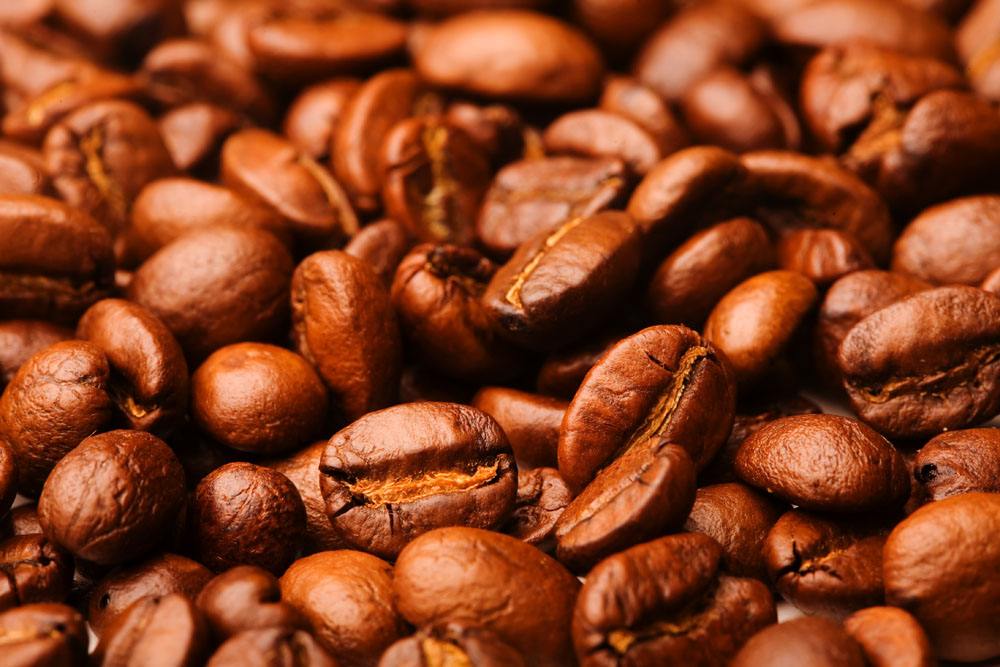
Salvadoran Coffee Flavor describes the Historical Source of planting in the producing area
Following Cafe Review (Wechat official account vdailycom) found that the Beautiful Cafe opened a small shop of its own. El Salvador is one of the small countries in Central America with a very densely populated population. The flavor of its coffee is characterized by excellent balance. The coffee here is light, fragrant, pure and slightly sour, and its flavor is characterized by excellent balance. It is a specialty of Central America. Equal to sour, bitter and sweet
- Next
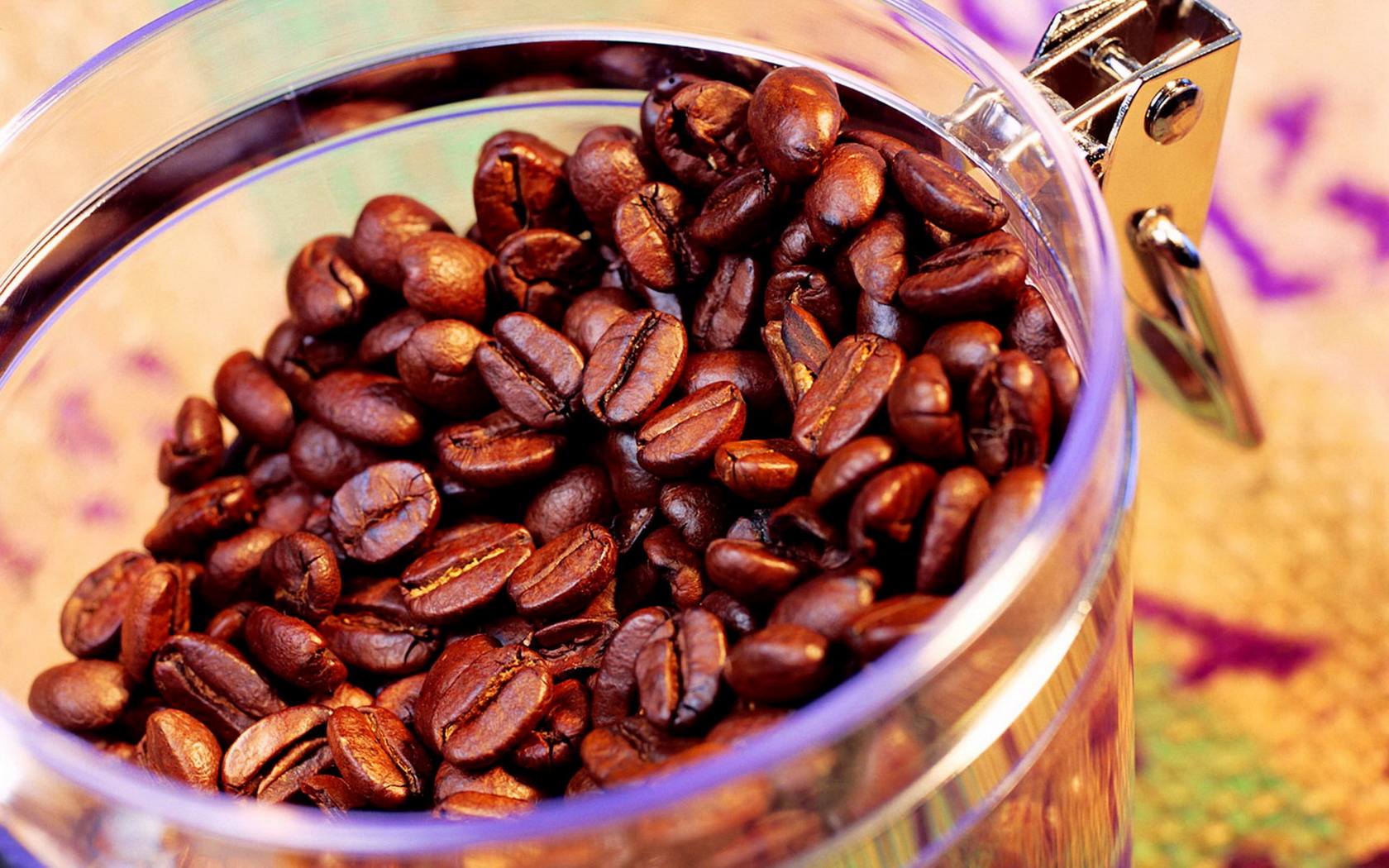
Brazilian South Minas Coffee introduction, Brazilian South Minas Coffee taste
Following Cafe Review (Wechat official account vdailycom) found that Beautiful Cafe opened a small shop of its own Brazil: South Minas Bourbon species (half-sun) baking degree: deep cup test performance: aroma: ★★☆☆ thickness: ★★★☆ aftertaste: ★★☆☆ bitterness: ★☆☆☆ sweetness: ★★★☆ acidity: ★☆☆☆ taste round, not clean flavor
Related
- Detailed explanation of Jadeite planting Land in Panamanian Jadeite Manor introduction to the grading system of Jadeite competitive bidding, Red bid, Green bid and Rose Summer
- Story of Coffee planting in Brenka region of Costa Rica Stonehenge Manor anaerobic heavy honey treatment of flavor mouth
- What's on the barrel of Blue Mountain Coffee beans?
- Can American coffee also pull flowers? How to use hot American style to pull out a good-looking pattern?
- Can you make a cold extract with coffee beans? What is the right proportion for cold-extracted coffee formula?
- Indonesian PWN Gold Mandrine Coffee Origin Features Flavor How to Chong? Mandolin coffee is American.
- A brief introduction to the flavor characteristics of Brazilian yellow bourbon coffee beans
- What is the effect of different water quality on the flavor of cold-extracted coffee? What kind of water is best for brewing coffee?
- Why do you think of Rose Summer whenever you mention Panamanian coffee?
- Introduction to the characteristics of authentic blue mountain coffee bean producing areas? What is the CIB Coffee Authority in Jamaica?

